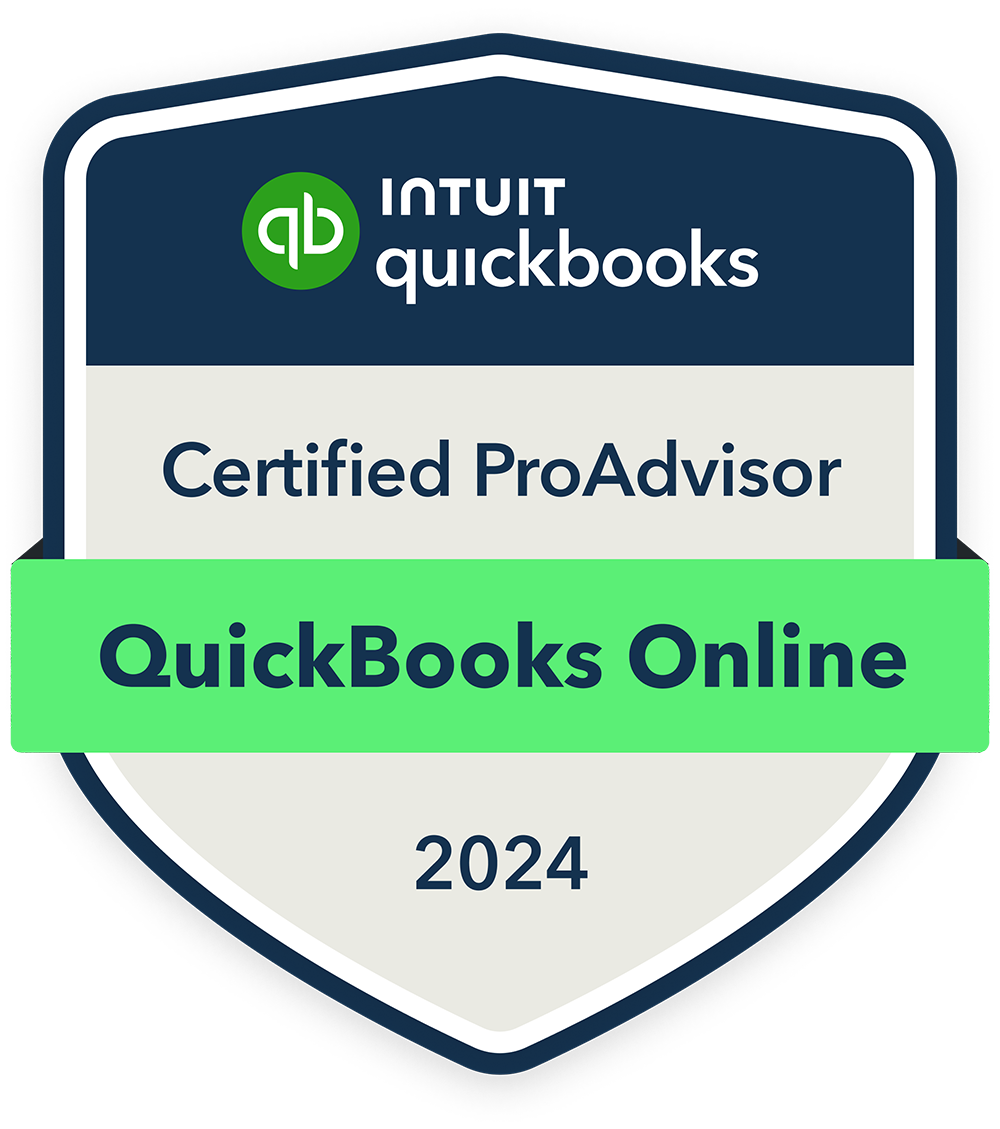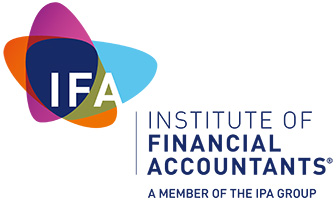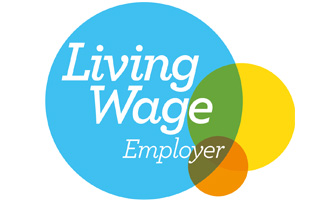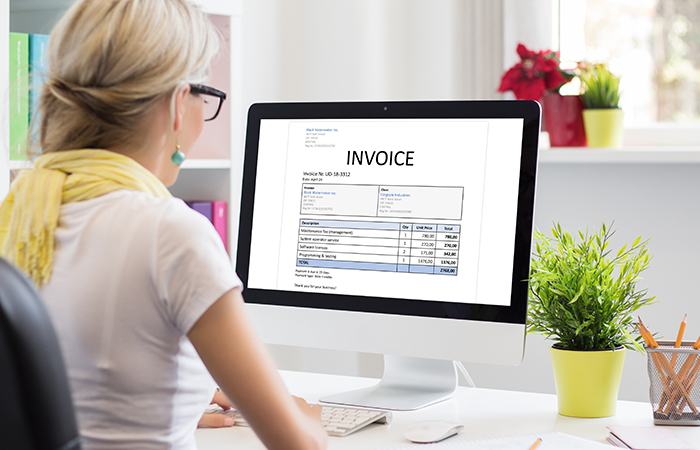Blog
Blog Posts
Invoicing can be a tricky and time-consuming process, especially if you're new to the game. To help you out, we've put together a list of seven basic invoicing FAQs that you may have been too embarrassed to ask.
1. What is an invoice?
Let's start with the basics: an invoice is a document that contains the details of a sale, including what was sold, how much it cost, and when payment is due. An invoice is typically generated by the seller (i.e., the business) and sent to the buyer (i.e., the customer).
2. What information should be included on an invoice?
At a minimum, an invoice should include the following information:
-
The date of the sale
-
The name and address of the customer or client
-
A description of the goods or services sold
-
The unit price of each item
-
The total amount due
3. Are there different types of invoices?
Yes, there are different types of invoices depending on the type of sale. For example, a sales invoice is used for goods that are sold on credit, while a service invoice is used for services that are rendered.
Other types of invoices include proforma invoices to confirm an order before goods are shipped, commercial invoices for customs purposes, and recurring invoices, which are used for subscription-based services.
4. Do I need to use a specific format or template for my invoices?
While there's no hard and fast rule, it's generally a good idea to use a standard invoice template so that your invoices are easy to read and understand. This will also help you to avoid any potential mistakes that could delay payment.
Your invoicing template is also an opportunity to display your logo and branding. Remember, your invoices form part of your overall customer experience, so make sure that they look attractive and professional.
5. How do I send invoices?
These days, you can send invoices electronically via email or an online invoicing system. This is often the quickest and most efficient way to get paid, as your invoices can be sent directly to your customers' inboxes.
If you're sending invoices via email, be sure to use a PDF format so that your invoice looks exactly as you intended. You can also include a payment link to make it even easier for your customers to pay. The easier it is, the faster they are likely to pay you!
6. What is invoice reconciliation?
Invoice reconciliation is the process of matching the invoices you've sent to your customers with the payments that you've received. This is important to ensure that you've been paid in full and on time for the work that you've done.
Reconciling your invoices also allows you to identify any discrepancies, such as late payments or incorrect amounts. This can help you to resolve any issues quickly and efficiently.
7. What is invoice accounting?
Invoice accounting is the process of recording invoices in your financial accounts. This provides a record of your sales and can be used to track your revenue. It's important to keep accurate records of your invoices so that you can prepare your financial statements correctly.
Final Thoughts
Invoicing can be a tricky process, but it's important to get it right in order to ensure that you're paid for the work that you've done. These seven FAQs should help to answer some of the most common questions about invoicing. If you have any other questions, be sure to ask your accountant or financial advisor for more advice.
Add a comment:
Since Andrew has come on board under the supervision of Mike the transition could not have been smoother. The service and response has been well above expectations. We feel the Payroll services provides an additional backup service provided by Kings Oak Accountancy which takes away yet another task from our busy workload.
Mujib Choudhury, Atlantic Linen
Great to work with, always there to give a hand when needed. Always at the end of the phone when problems need sorting We have been with this Company for many years, would recommend . Running my accounts and PAYE, so this leaves us to concentrate on getting on with our business with no worries.
Sarah – Crossways Tavern
ACCREDITATIONS







